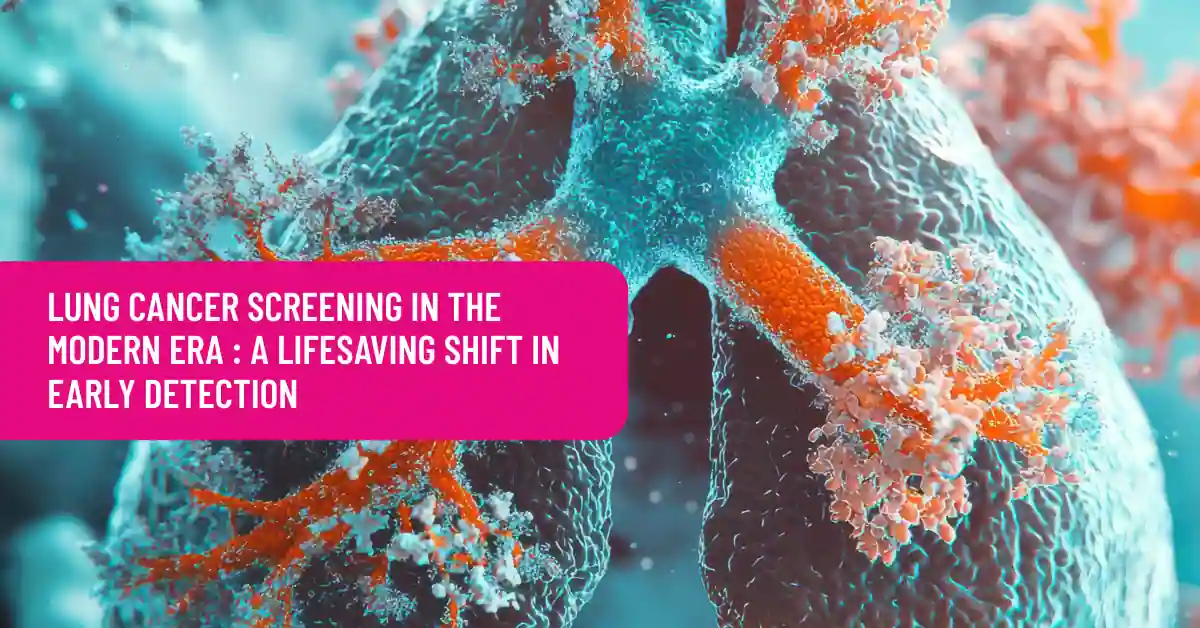Lung cancer remains one of the leading causes of cancer-related deaths worldwide, primarily due to its tendency to be diagnosed at an advanced stage. However, in recent years, advances in imaging technology, risk stratification, and public awareness have brought lung cancer screening into the spotlight as a powerful tool for early detection. As we look ahead to VIPOS 2025, where lung screening will feature as a key topic, it’s important to understand how far we’ve come, and what lies ahead.
Why Early Detection Matters
Lung cancer often grows silently. Symptoms typically appear only when the disease has already progressed, reducing the chances of a cure. But if caught early, and before symptoms set in, lung cancer is far more treatable and often curable. This is where screening steps in.
What Is Lung Cancer Screening?
Lung cancer screening involves the use of low-dose computed tomography (LDCT) to detect abnormalities in the lungs of people at high risk before symptoms begin. LDCT uses significantly less radiation than a regular CT scan, making it safer for repeated use.
Who Should Be Screened?
According to current guidelines, lung cancer screening is recommended for individuals who:
- Are between 50 to 80 years old
- Have a history of heavy smoking (typically 20 pack-years or more)
- Currently smoke or have quit within the past 15 years
These guidelines are based on large-scale studies such as the National Lung Screening Trial (NLST) and the NELSON trial, both of which demonstrated a significant reduction in lung cancer deaths through LDCT screening in high-risk groups.
Real-World Impact
Countries that have implemented structured lung cancer screening programs are beginning to see positive results:
- Increased detection of early-stage tumors
- Reduction in mortality
- More patients being eligible for curative treatments, such as surgery or precision radiation
Yet, challenges remain. These include low awareness among the general public, access disparities, and the need for standardized implementation across diverse healthcare systems.
New Directions in Screening
As we move into a more personalized era of medicine, lung cancer screening is evolving:
- Risk prediction models are being developed that go beyond age and smoking history to include genetic, environmental, and occupational risk factors.
- Artificial intelligence (AI) is being explored to improve the accuracy of image interpretation.
- Blood-based biomarkers are being studied as potential non-invasive tools to complement imaging.
The Road Ahead: VIPOS 2025 and Beyond
At VIPOS 2025, the future of lung cancer screening will be a central focus. Experts will discuss:
- The integration of screening into routine care
- How to overcome barriers to access in different populations
- New data from global programs
- The growing debate between screening-driven detection and symptom-led diagnosis
The conference will also address an emerging and controversial question: Can screening reshape the treatment paradigm for early lung cancer, potentially tipping the scales between surgery and precision radiation?
Conclusion
Lung cancer screening is no longer a theoretical promise but a practical, proven strategy to save lives. As we refine our approaches and broaden our reach, the goal is clear: detect lung cancer early, treat it effectively, and offer patients the best possible outcomes. Whether you’re a medical professional, policymaker, or a member of the public, understanding and supporting lung cancer screening is a step toward changing the story of lung cancer for good.
Stay tuned for more insights at VIPOS 2025, where lung cancer screening will take center stage.


